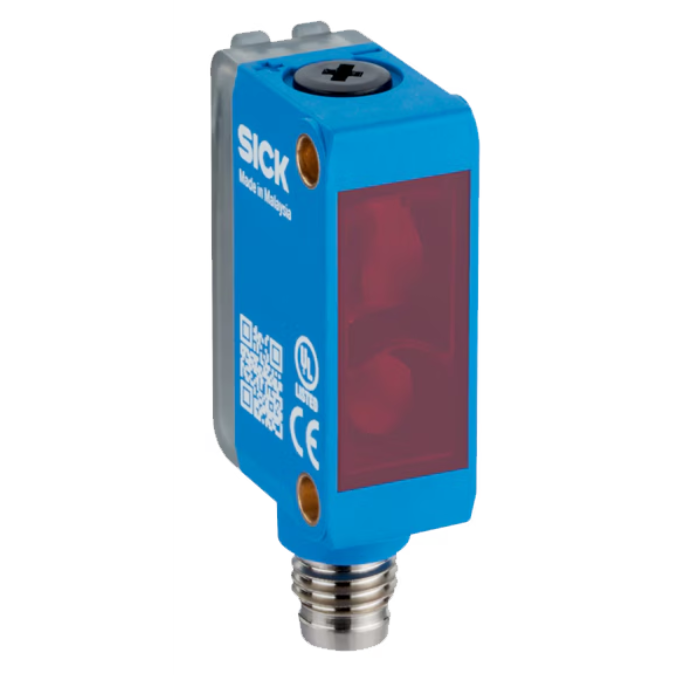Photoelectric proximity sensors are non-contact devices that detect objects using emitted light. They offer high speed, precise detection, and flexibility across a wide range of materials and surfaces. These sensors are commonly used in automation and manufacturing environments due to their reliability and adaptability.

Photoelectric proximity sensors use a beam of light to detect the presence of an object without physical contact. They work by emitting light (usually infrared or visible) and detecting changes in light intensity caused by an object. These sensors are fast, reliable, and versatile for both short and long detection ranges.
Object detection on conveyor belts
Positioning and counting items in automated systems
Detecting transparent or colored objects (e.g., PET bottles, films)
Monitoring presence/absence in packaging and bottling lines
Applications in cleanrooms and food industry with hygienic sensors
The main types are through-beam, retro-reflective, and diffuse-reflective sensors. Each type has unique characteristics: through-beam offers the longest range, retro-reflective uses a reflector, and diffuse sensors detect reflected light from the object itself.
Disadvantages include susceptibility to dirt or dust on lenses, reflective object surfaces causing false readings, and limited range for certain sensor types like diffuse mode. Proper setup and maintenance can help mitigate these issues.
Detection range varies by sensor type: through-beam sensors can detect up to 60 meters, while diffuse sensors typically detect up to 2 meters. Proximity models usually operate within 150–500 mm, depending on model and setup.